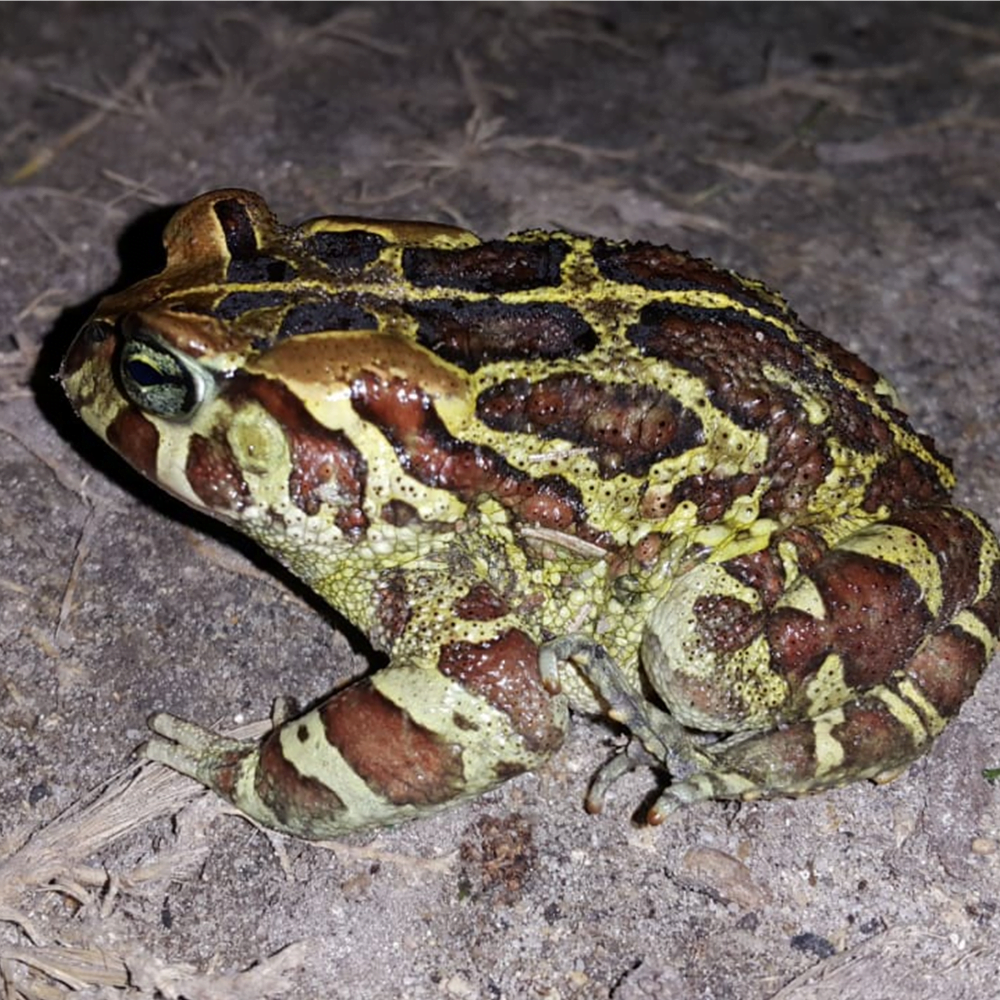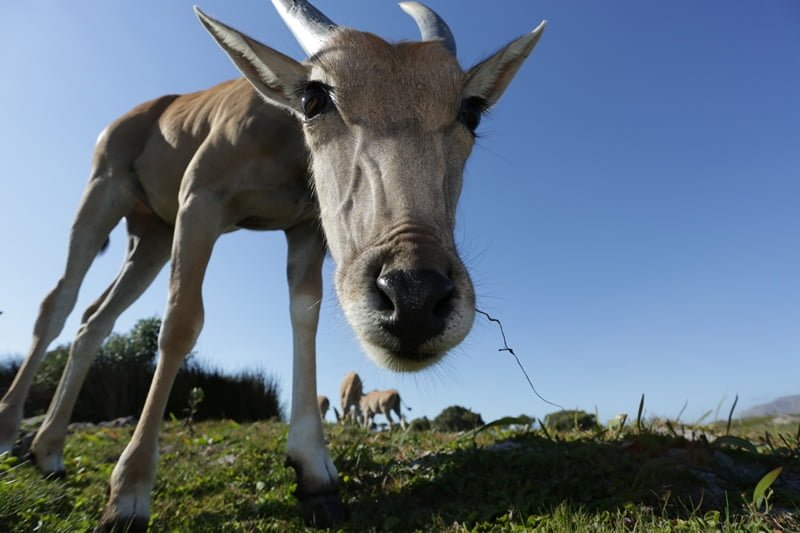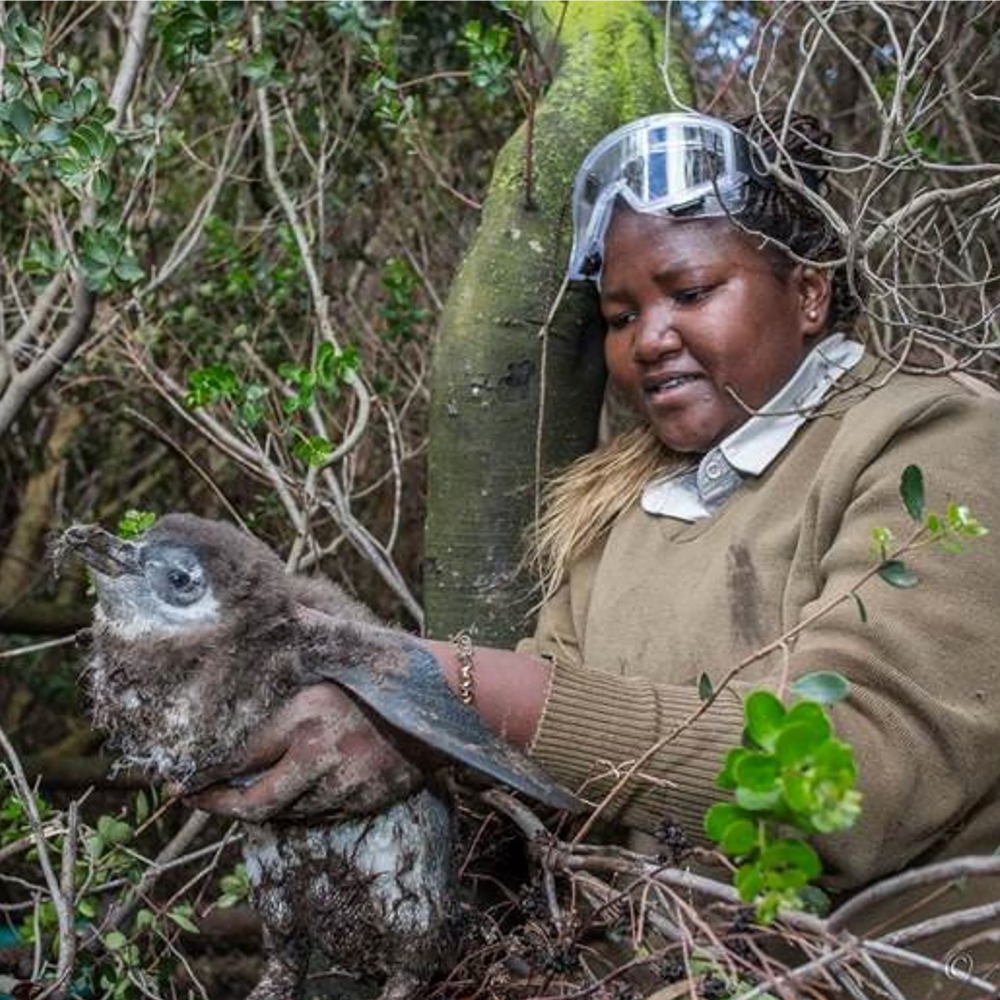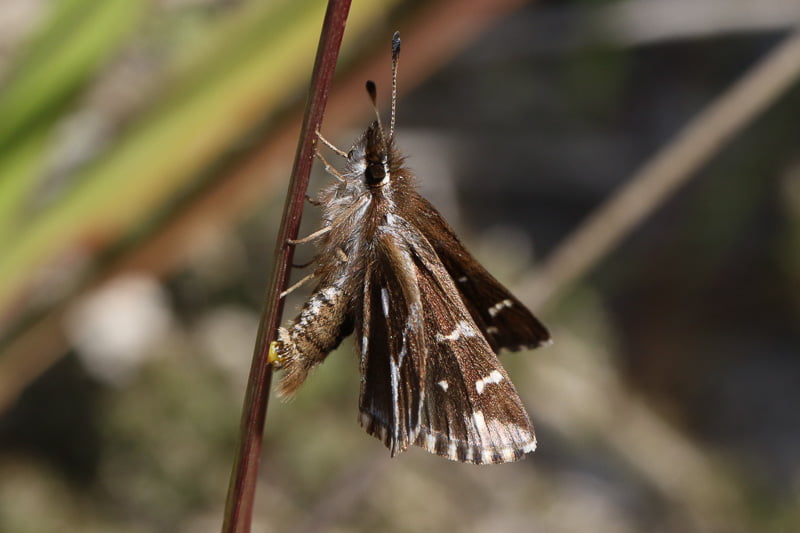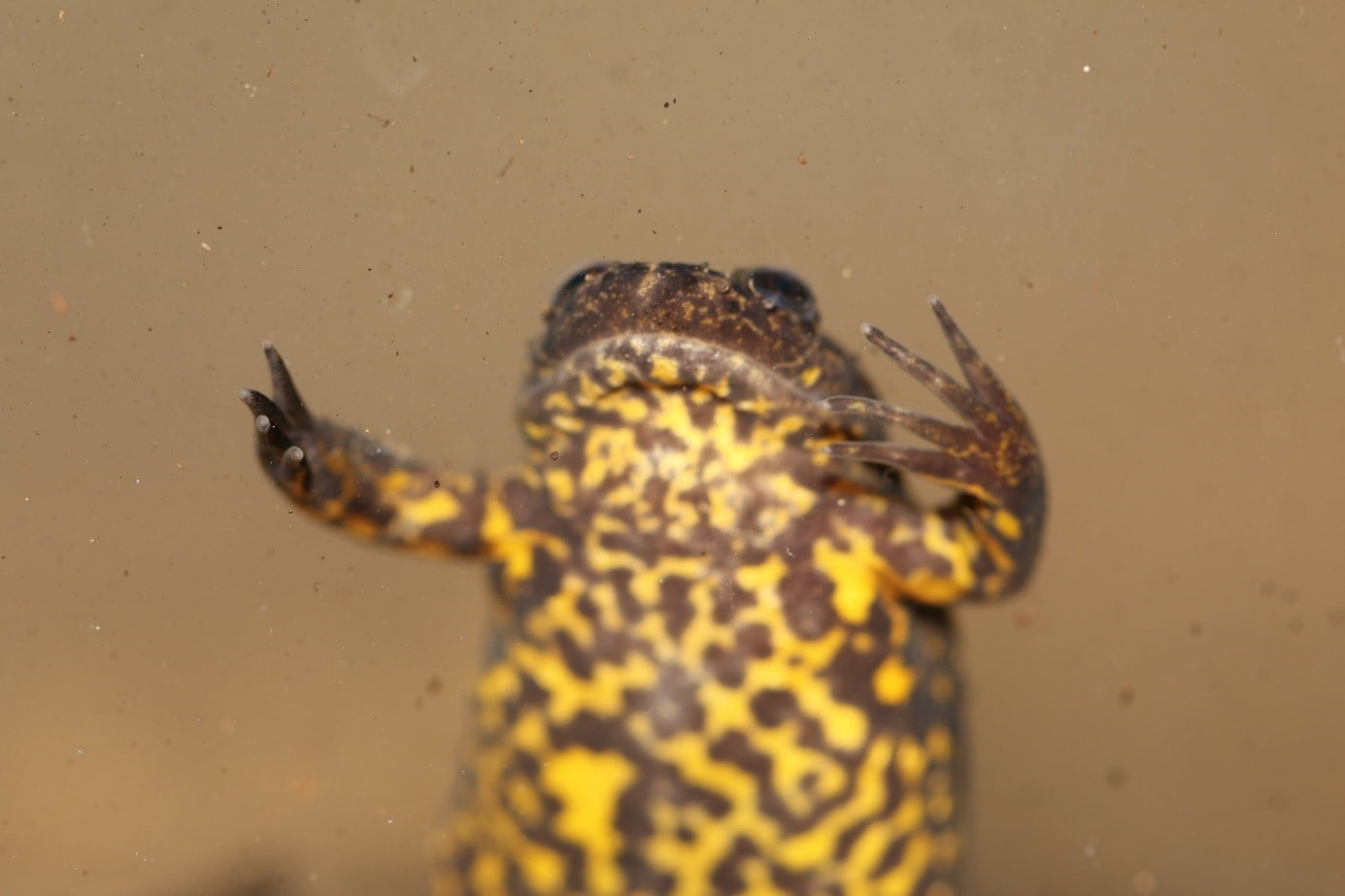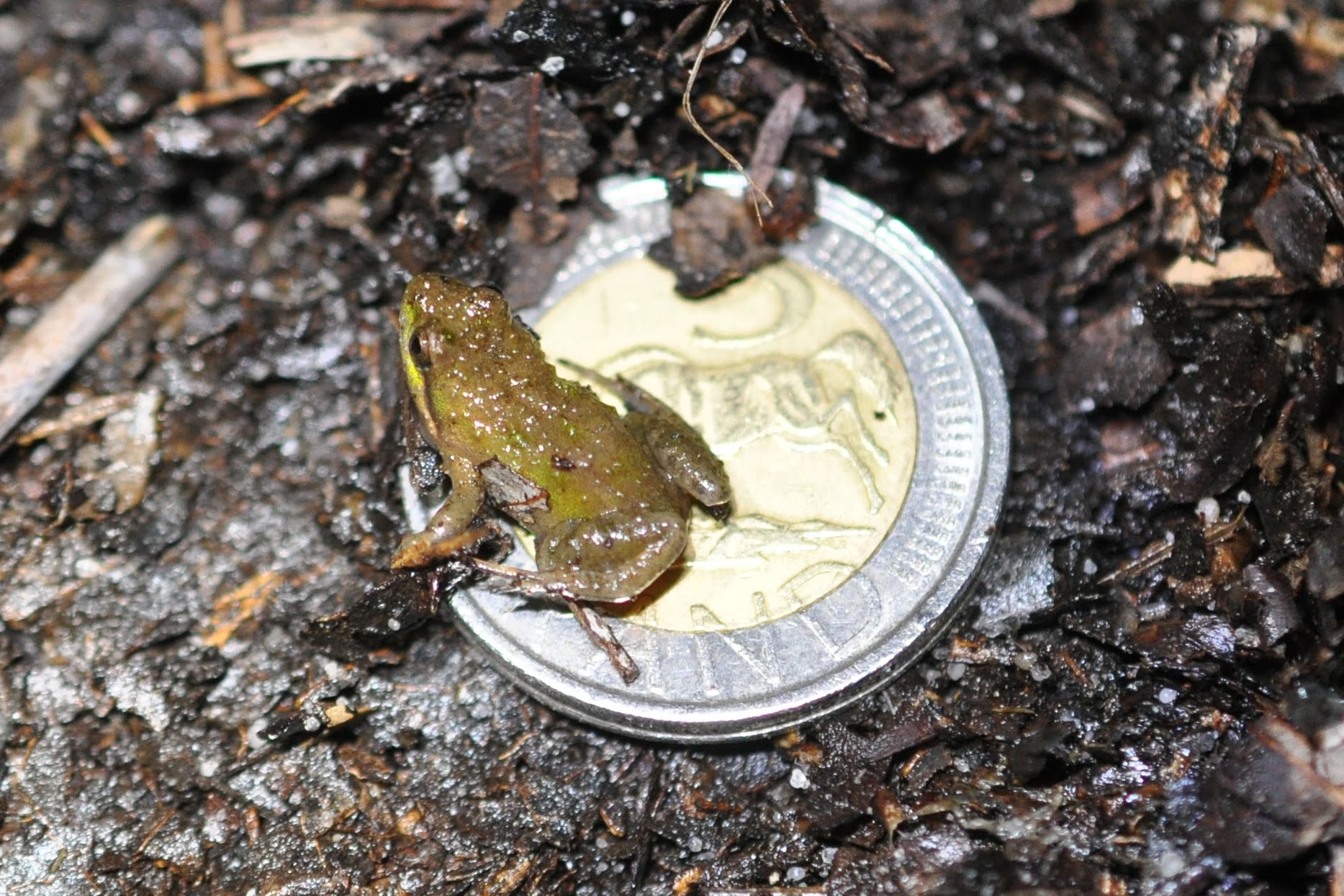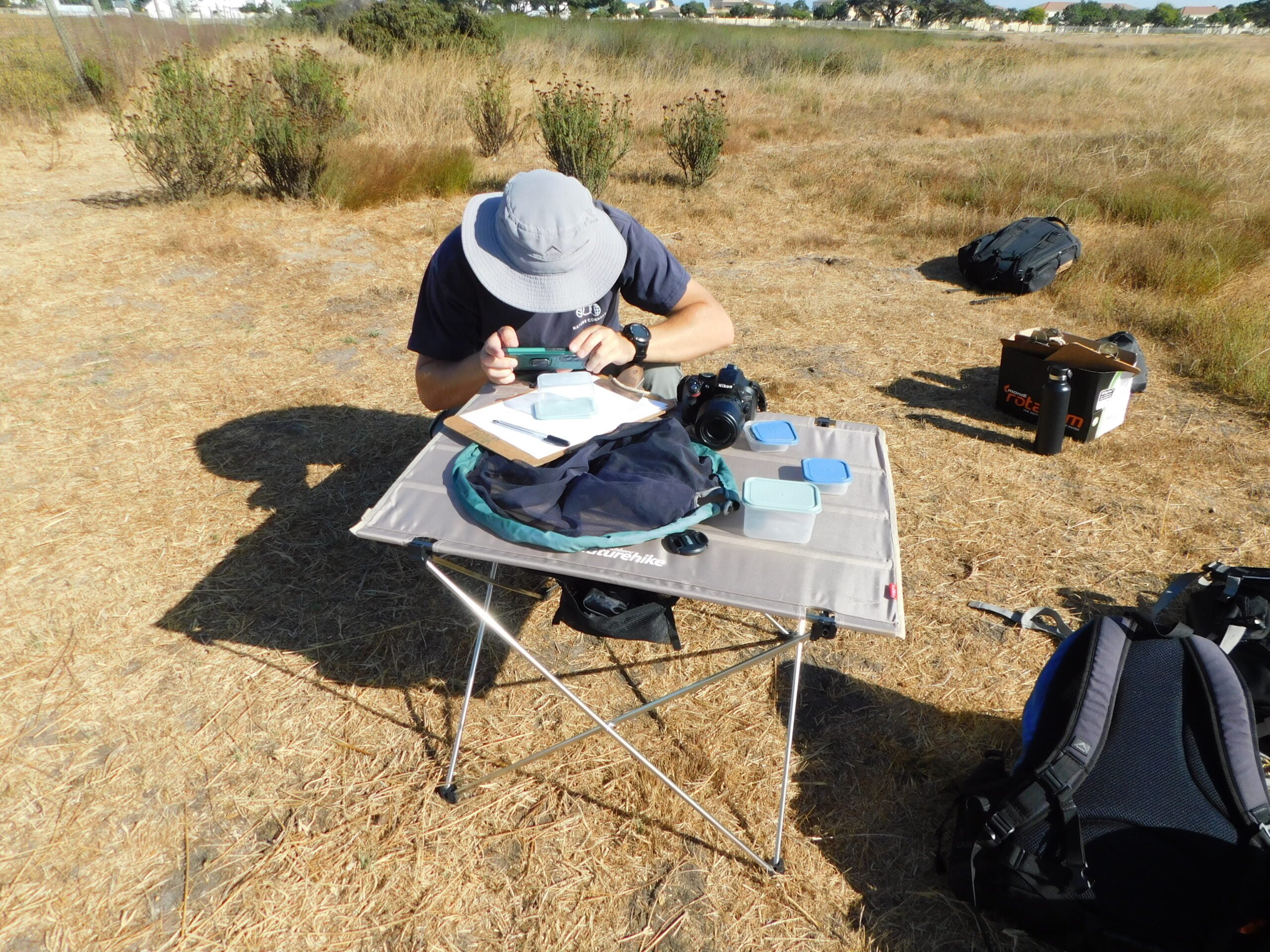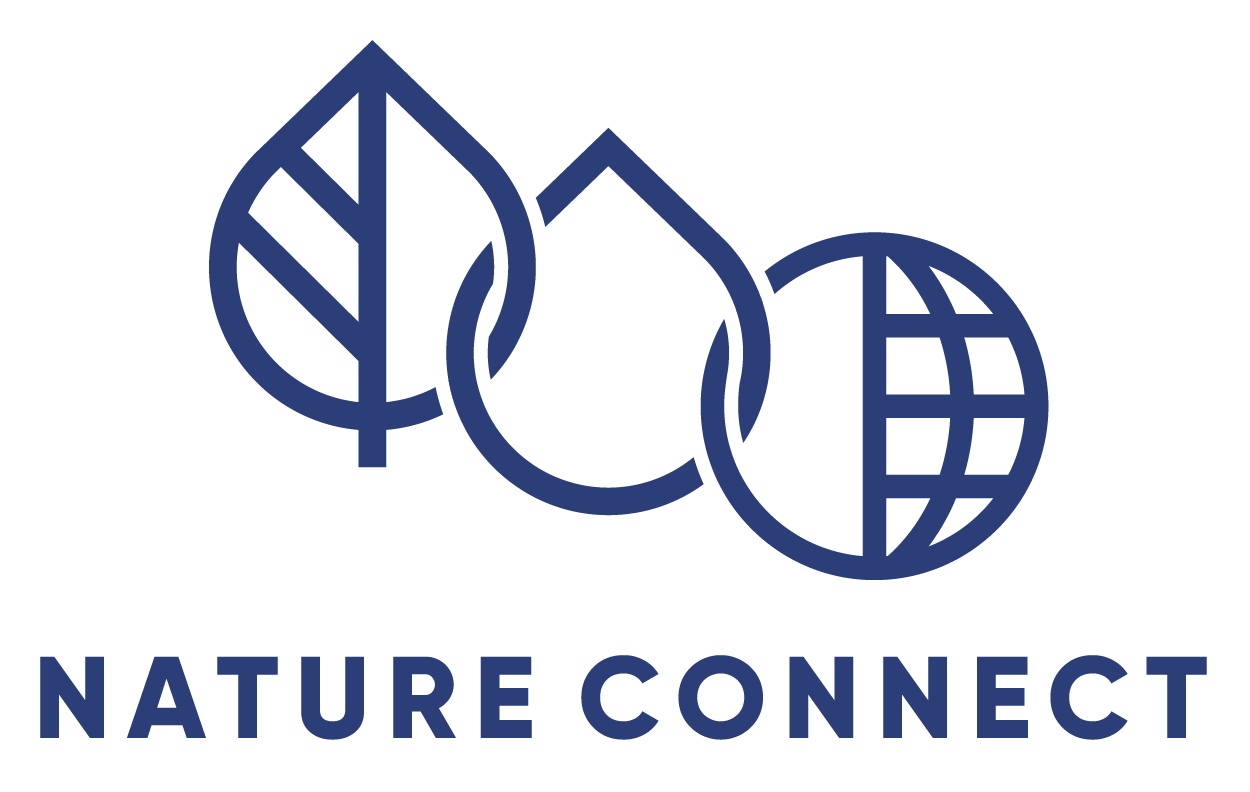Supporting and driving conservation initiatives in South Africa.
A number of special species conservation projects have been initiated by Nature Connect in order to protect endemic species or groups, which are threatened with extinction. These projects are taking an often innovative approach to protecting some of South Africa’s most threatened fauna and flora.
Species conservation projects:
Western Leopard Toad Underpass Project
The Western Leopard Toad Underpass project is made possible through partnerships and funding received from Leisure Charitable Trust, Foundation Ensemble and The Mohamed bin Zayed Species Conservation Fund.
During the Western Leopard Toad breeding season many toads are being killed on the roads by passing vehicles and these road deaths are currently the biggest threat to the population. This project is focused on creating an alternative route for these Endangered toads to cross in order to keep them safe from harm. The aim of this project is to design and construct several underpasses (underground tunnels) on Peninsula Road in Zeekoevlei (and hopefully further afield) for the toads to pass through.
In April 2021 the first two pilot tunnels were installed. In March 2023 a further three tunnels were installed in the same road. We have since received further funding to install another tunnel in 2023. Nature Connect and volunteers will be monitoring the use of the tunnels by the toads during the breeding season (over the winter months).
Media Coverage:
SAfm 14-03-2023
The Gantouw Project
In October 2015 this project introduced five Eland to the Rondevlei Section of False Bay Nature Reserve as a veld management tool to conserve the Cape Flats Dune Strandveld Vegetation. This vegetation is losing biodiversity in the absence of large browsers due to bush encroachment. In July 2020 the eland were moved to their new permanent home at the Vergelegen Wine Estate in Somerset West to try their chomping skills on Renosterveld.
Burghers Walk African Penguin Conservation
To manage the birds that were settling out of the Boulders Beach penguin colony a partnership between SANCCOB, Nature Connect, SANParks and the City of Cape Town was established in 2010 and which saw the appointment of conservators to monitor the penguins population and breeding, controlling access to the penguins by the public, moving the penguins off the roads and out of peoples gardens, and collecting injured birds for rehabilitation at the SANCCOB facilities.
Kedestes Conservation Project
The Barber’s Cape Flats Ranger, Kedestes barberae bunta, and the False Bay Unique Ranger, kedestes lenis lenis, are Critically Endangered skipper butterflies poised on the edge of extinction. The aim of this project is to establish a captive breeding population and a new viable population of the butterflies at new sites.
Cape Clawed Frog Conservation
The Cape Clawed Frog is an endangered cousin of the African Clawed Frog, and by 2010, there were only five known populations and the species hadn’t been seen on the Cape Flats for over 60 years. This project seeks to conserve the Cape clawed frog by head starting their eggs and tadpoles. We aim remove the predation pressure on eggs, tadpoles and metamorphs by an in situ intervention.
Wynberg Conebush project
This project aims to stimulate the germination of seeds of the extinct Wynberg Conebush (Leucadendron grandiflorum) through restoration at a site on Wynberg Hill.
This little-known plant was last seen in the early 1800s and details of the seeds and their dormancy are unknown. The Wynberg Conebush was described in 1806 from only one male plant growing in a garden in England. No herbarium specimens have ever been located and the description and the drawing are the only existing evidence that this species once lived!

